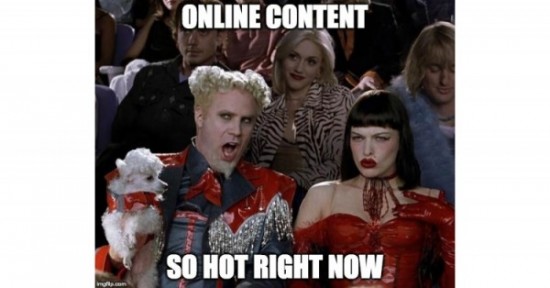Yesterday, I attended the PR News Social Media Strategies + Tactics Workshop at the National Press Club in Washington, D.C., to brush up on the latest trends and best practices for communicators using Facebook, Twitter and Instagram (plus a little Snapchat and blogger chatter for good measure). What did I learn from our brilliant – and very funny – presenters throughout the day?
Some things haven’t changed: Content is still king. Or rather, engaging content is king. What does “engaging” mean for social? As Kelley McLees (@KelleyMcLees) of Everywhere Agency explained, engaging content is visual, shareable, conversational and relevant to your audience. Everything you create should come back to what your audience cares about. This can be easy to forget as we create content that we think is cool, but keeping your audience in mind remains the number one rule of successful communications.
Video can be your best friend – and does not need to be complicated: Over the last six months, the time that people spent watching videos on Instagram increased by more than 40 percent and, soon, we will all be able to record and publish 60-second videos on the platform. In the era of daily vlogs and other quickly created, highly engaging content on YouTube and Periscope, the production quality of videos for all social media platforms is less important than the quality of the content you are providing. This means that you can create more on-the-spot content. For those in health care, consider live streaming or taking quick videos on your phone while at conferences or trade shows. Allow your followers to meet your physician experts though quick one-question interviews at conferences or on-site at your hospitals. These are easy, shareable ways to put a face to your organization without spending a lot of time or dollars on video creation.
Remember how your content will be consumed: In many instances, your content can be shared over multiple platforms, helping to extend the reach of that content. But it is also important to keep in mind the different ways that users may interact with and consume that content on each platform. A great example that Melissa Wisehart (@m_wisehart) of Moore Communications Group emphasized, which our own Anastasia Lopez also recently shared here on TheBuzzBin, is the importance of creating video content for Instagram that works with and without the audio, because the audio doesn’t automatically play unless the user chooses to play sound.
Some things are worth paying for: Both McLees and Wisehart stressed the importance of paid support for Facebook efforts to drive campaign success. At PadillaCRT, we recommend this when talking with our clients as well, and that’s for good reason. Facebook’s algorithms make it tough for brands to show up organically in news feeds without paying for space. When setting up paid programs on Facebook, Instagram and Twitter, set your objectives and measurement up front. Take advantage of hyper targeting your audiences and utilizing conversion-tracking pixel codes for each conversion point. As Wisehart noted in her presentation, the beautiful thing about this is that you will be able to clearly and directly attribute your paid efforts to success.
How have your social media strategies changed over the last few months to increase campaign success? Share your thoughts and experiences in the comments below!
